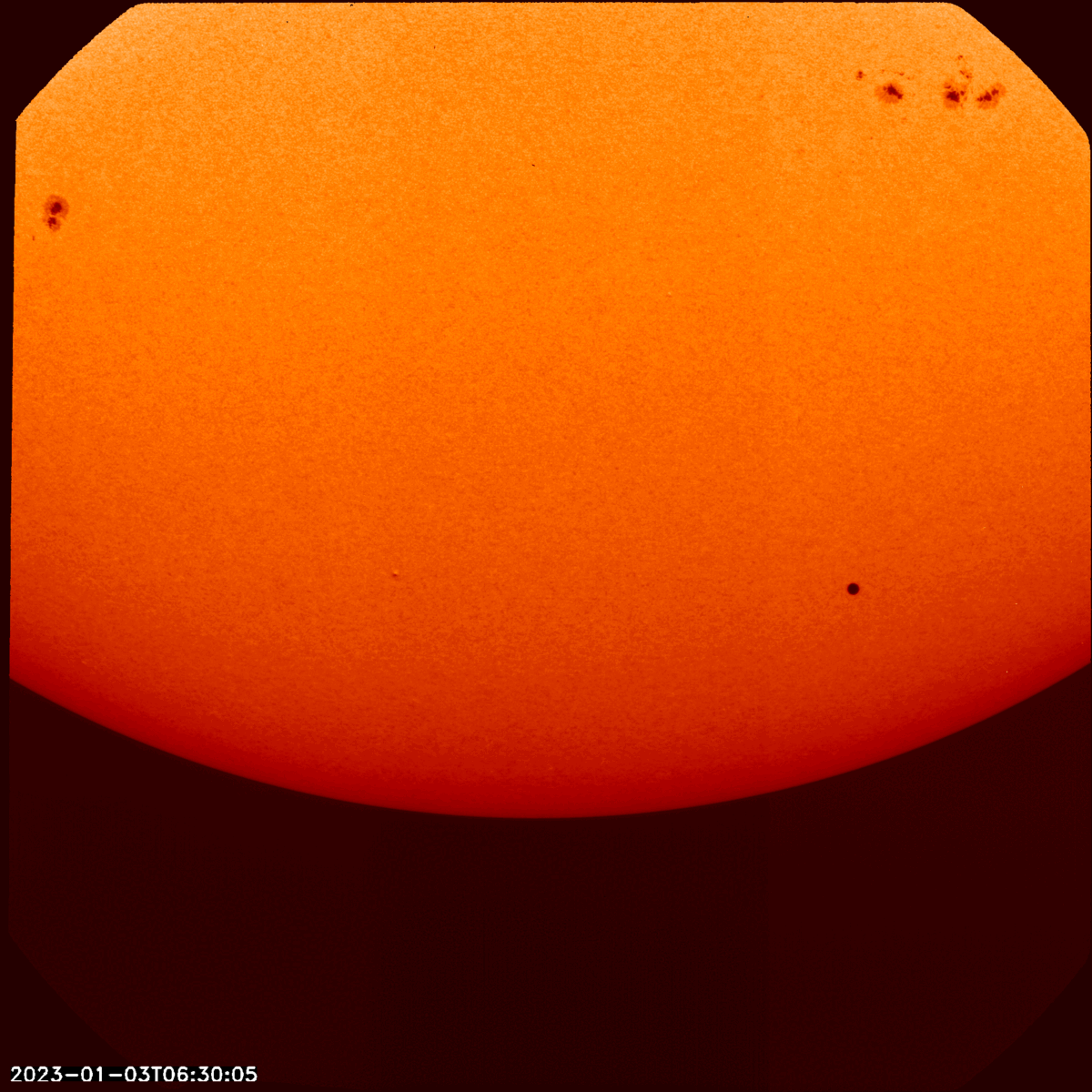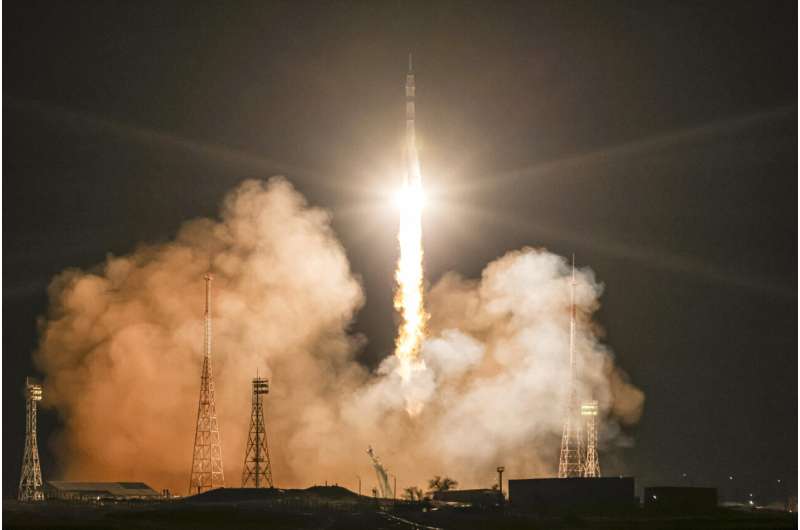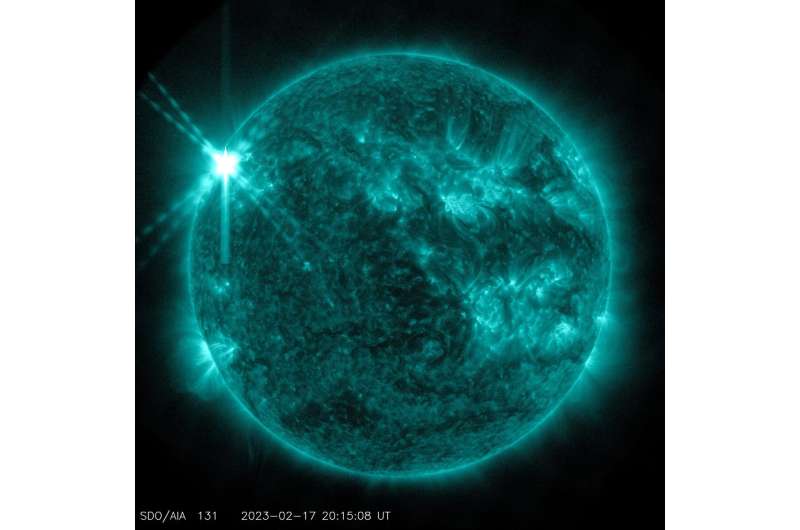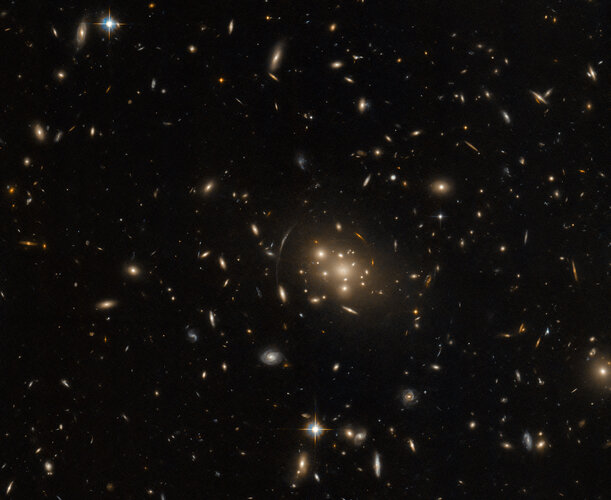
Copernical Team
Galactic Energy to launch rockets from the sea
 Galactic Energy, a private space company based in Beijing, plans to make its first sea-based launch this summer, which could be the first by a private Chinese firm if successful. According to Xia Dongkun, a vice-president at Galactic Energy, the company has scheduled the launch of one of its Ceres 1 rockets in the Yellow Sea
Galactic Energy, a private space company based in Beijing, plans to make its first sea-based launch this summer, which could be the first by a private Chinese firm if successful. According to Xia Dongkun, a vice-president at Galactic Energy, the company has scheduled the launch of one of its Ceres 1 rockets in the Yellow Sea SuperCam's AI capabilities enhanced with AEGIS upgrade
 As Perseverance celebrates its second anniversary on Mars, our team is reflecting on the rover's remarkable journey so far. In the past two years, Perseverance has collected 18 Martian samples, traversed over 9 miles, transmitted over 200,000 images to Earth, supported the Ingenuity helicopter with its 42 flights, and much more.
Now, after spending nearly 6 weeks creating the Three Forks s
As Perseverance celebrates its second anniversary on Mars, our team is reflecting on the rover's remarkable journey so far. In the past two years, Perseverance has collected 18 Martian samples, traversed over 9 miles, transmitted over 200,000 images to Earth, supported the Ingenuity helicopter with its 42 flights, and much more.
Now, after spending nearly 6 weeks creating the Three Forks s Russia launches crew-less Soyuz to ISS as replacement
 Russia launched an unmanned Soyuz spacecraft to the International Space Station on Thursday to replace one that leaked coolant after it was struck by a meteoroid last year, stranding two cosmonauts and a NASA astronaut in space.
The Soyuz MS-23 spacecraft was launched with 948 pounds of supplies for the astronauts from the Baikonur Cosmodrome in Kazakhstan at 7:24 p.m. EST, which was br
Russia launched an unmanned Soyuz spacecraft to the International Space Station on Thursday to replace one that leaked coolant after it was struck by a meteoroid last year, stranding two cosmonauts and a NASA astronaut in space.
The Soyuz MS-23 spacecraft was launched with 948 pounds of supplies for the astronauts from the Baikonur Cosmodrome in Kazakhstan at 7:24 p.m. EST, which was br Week in images: 20-24 February 2023

Week in images: 20-24 February 2023
Discover our week through the lens
Russia launches rescue ship to space station after leaks

Image: Sun releases strong solar flare

The Sun emitted a strong solar flare, peaking at 3:16 p.m. ET on Feb. 17, 2023. NASA's Solar Dynamics Observatory, which watches the Sun constantly, captured an image of the event.
NASA's Solar Dynamics Observatory captured this image of a solar flare—as seen in the bright flash in the upper left—on Feb. 17, 2023.
The image shows a subset of extreme ultraviolet light that highlights the extremely hot material in flares and which is colorized in teal.
Solar flares are powerful bursts of energy. Flares and solar eruptions can impact radio communications, electric power grids, navigation signals, and pose risks to spacecraft and astronauts.
This flare is classified as an X2.2 flare. X-class denotes the most intense flares, while the number provides more information about its strength.
Provided by NASA's Goddard Space Flight Center
New research models concept for data transport using train of satellites
 Although the Pony Express lasted only a short time in the mid-1800s before being outperformed by the transcontinental telegraph, it inspired a concept for a string of small satellites to transport data from Mars to Earth and help alleviate the data logjam currently occurring in the Deep Space Network.
"The Solar System Pony Express is a mission concept that aims to augment the data transmi
Although the Pony Express lasted only a short time in the mid-1800s before being outperformed by the transcontinental telegraph, it inspired a concept for a string of small satellites to transport data from Mars to Earth and help alleviate the data logjam currently occurring in the Deep Space Network.
"The Solar System Pony Express is a mission concept that aims to augment the data transmi Luxembourg Announces Intent to Leverage SES's O3b mPOWER for Europe and NATO
 The Government of Luxembourg has announced that it will use SES's O3b mPOWER system as a crucial resilient satcom infrastructure for Luxembourg, its partners, and NATO in the areas of defense and security, disaster recovery, and more. The program, MEO Global Services (MGS), valued at 195 million euro over 10 years, will authorize the acquisition and operation of O3b mPOWER services, subject to a
The Government of Luxembourg has announced that it will use SES's O3b mPOWER system as a crucial resilient satcom infrastructure for Luxembourg, its partners, and NATO in the areas of defense and security, disaster recovery, and more. The program, MEO Global Services (MGS), valued at 195 million euro over 10 years, will authorize the acquisition and operation of O3b mPOWER services, subject to a Cosmic contortions
 Image:
Cosmic contortions
Image:
Cosmic contortions Earth from Space: The Triple Frontier
 Image:
The Triple Frontier, a region where Paraguay, Brazil and Argentina meet, is featured in this false-colour image, captured by the Copernicus Sentinel-2 mission.
Image:
The Triple Frontier, a region where Paraguay, Brazil and Argentina meet, is featured in this false-colour image, captured by the Copernicus Sentinel-2 mission. 
